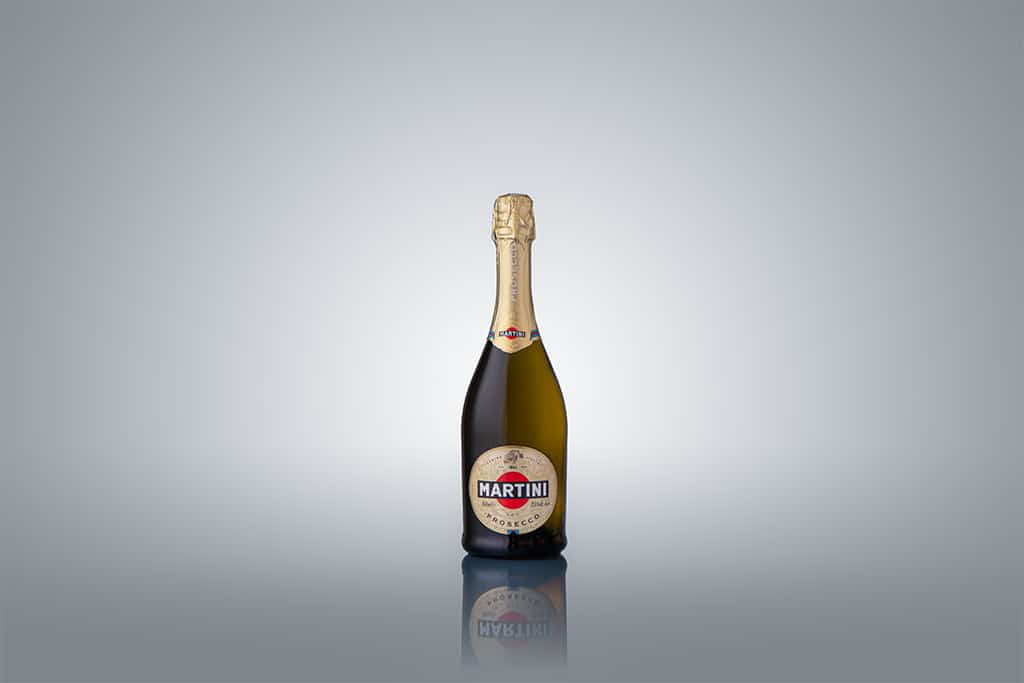
As a wine enthusiast, I have always been fascinated by the history and production process of different types of wine. One wine that has recently captured my attention is Prosecco. This Italian sparkling wine has become increasingly popular in the past few years, and for good reason. In this article, I will take you on a journey from the vine to the glass as we explore the fascinating story of Prosecco.
Prosecco is a sparkling wine that originates from the Veneto region of Italy. The wine is made using the Glera grape, which has been grown in the region for centuries. Prosecco is known for its light and refreshing taste, making it a popular choice for celebrations and summer gatherings.
The history of Prosecco can be traced back to Roman times, where the Glera grape was first cultivated in the Veneto region. However, it wasn’t until the late 1800s that Prosecco as we know it today began to take shape. At this time, the wine was mainly produced in the Conegliano and Valdobbiadene regions of Veneto.
In the early 1900s, Prosecco became known as the “wine of kings” due to its popularity among Italy’s elite. However, it wasn’t until the 1960s that Prosecco began to gain popularity outside of Italy’s borders. Today, Prosecco is enjoyed around the world and has become one of the most popular sparkling wines on the market.
There are three main types of Prosecco: Prosecco DOC, Prosecco DOCG, and Prosecco Superiore DOCG. Prosecco DOC is the most common type of Prosecco and is made using grapes from the Veneto and Friuli Venezia Giulia regions. Prosecco DOCG is made using grapes from the Conegliano Valdobbiadene area and is considered to be of higher quality than Prosecco DOC. Prosecco Superiore DOCG is the highest quality Prosecco and is made using grapes from the Valdobbiadene region.
The production process of Prosecco is known as the Charmat method. This method involves fermenting the wine in large stainless steel tanks, which helps to preserve the wine’s fruity and floral flavors. The process takes around three months and is followed by a second fermentation in the bottle to create the wine’s signature bubbles.
Prosecco is known for its light and refreshing taste. The wine is typically dry or extra dry, with flavors of green apple, pear, and citrus. Prosecco has a lower alcohol content than many other sparkling wines, making it a great option for those who want to enjoy a glass of bubbly without feeling too tipsy.
Prosecco is best served chilled, at around 45-50°F. The wine is typically served in a flute or tulip-shaped glass to help preserve the bubbles. Prosecco is a versatile wine that pairs well with a variety of foods, including seafood, pasta, and light appetizers.
Prosecco’s popularity has surged in recent years, with sales of the wine increasing by over 30% since 2015. The wine is particularly popular in the United Kingdom, where it has overtaken Champagne as the country’s favorite sparkling wine. Prosecco is also gaining popularity in the United States, where it is becoming the go-to wine for celebrations and brunches.
The future of Prosecco looks bright, with demand for the wine continuing to grow around the world. However, some experts warn that the increasing popularity of Prosecco could lead to overproduction and a decline in quality. To combat this, some producers are focusing on sustainable and organic farming methods to ensure the longevity of the industry.
Prosecco and Champagne are often compared, but they are two very different wines. Champagne is made using the traditional method, which involves fermenting the wine in the bottle. This process can take several years and results in a wine with a more complex flavor profile. Prosecco, on the other hand, is made using the Charmat method, which is a quicker and more affordable process. Prosecco is typically less complex than Champagne, but it is also more affordable and approachable.
Prosecco is a fascinating wine with a rich history and a bright future. Whether you’re celebrating a special occasion or just enjoying a glass with friends, Prosecco is a great option for those who want a light and refreshing sparkling wine. As the popularity of Prosecco continues to grow, it will be exciting to see how the industry evolves and adapts to changing tastes and trends.
CTA: Cheers to exploring the world of Prosecco! Why not treat yourself to a bottle and experience this delicious wine for yourself?